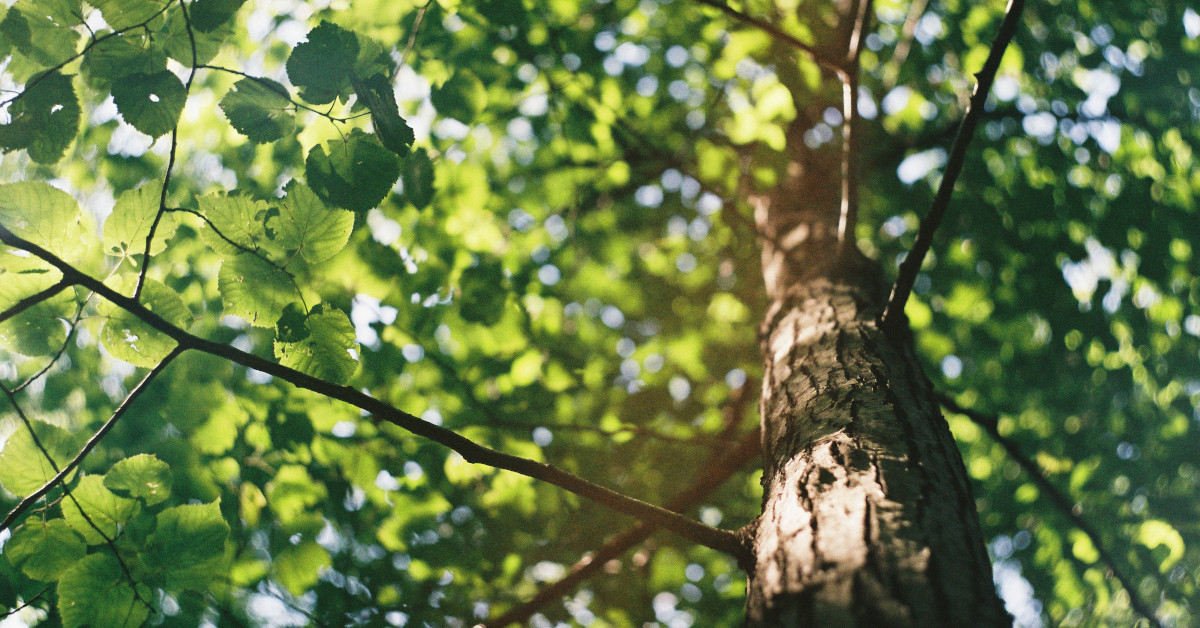The Hunter and the Hunted: Lead Poisoning of Bald Eagles
Unless you reside near a large body of water or one of the North American coast lines, it is not often that you will encounter a bald eagle (Haliaeetus leucocephalus) soaring high overhead. Also known as the American Eagle, this magnificent bird of prey is the second largest on the North American continent, as well as our National symbol of freedom. In addition to their selective habitat, the bald eagle also continues to recover from prior forms of human caused endangerment and remains protected under the Lacey Law and the Migratory Bird Treaty Act.

By Brittnei Miller
July 9, 2014
Unless you reside near a large body of water or one of the North American coast lines, it is not often that you will encounter a bald eagle (Haliaeetus leucocephalus) soaring high overhead. Also known as the American Eagle, this magnificent bird of prey is the second largest on the North American continent, as well as our National symbol of freedom. In addition to their selective habitat, the bald eagle also continues to recover from prior forms of human caused endangerment and remains protected under the Lacey Law and the Migratory Bird Treaty Act.
 However, during the past three years, biologists with the US Fish and Wildlife Services have discovered that in addition to land degradation and pollution, many bald eagles have been dying of what seemed to be an unidentifiable cause. In 2011, a research project began to further understand what could be causing the unusual deaths of this powerful bird. Initially, 58 bald eagle carcasses taken from the Upper Mississippi River National Wildlife and Fish Refuge were autopsied. This Refuge covers land spanning across Illinois, Iowa, Wisconsin, and Minnesota and is home to many different species of wildlife, including the eagles. After performing the autopsies on the bald eagle carcasses, biologists concluded that 60% of the surveyed birds had unusually high detectable levels of lead concentrations in their bodies. In addition, 38% of the deceased eagles showed clinical signs associated with lead poisoning - their livers containing 10 times above the lethal range of lead concentration.
However, during the past three years, biologists with the US Fish and Wildlife Services have discovered that in addition to land degradation and pollution, many bald eagles have been dying of what seemed to be an unidentifiable cause. In 2011, a research project began to further understand what could be causing the unusual deaths of this powerful bird. Initially, 58 bald eagle carcasses taken from the Upper Mississippi River National Wildlife and Fish Refuge were autopsied. This Refuge covers land spanning across Illinois, Iowa, Wisconsin, and Minnesota and is home to many different species of wildlife, including the eagles. After performing the autopsies on the bald eagle carcasses, biologists concluded that 60% of the surveyed birds had unusually high detectable levels of lead concentrations in their bodies. In addition, 38% of the deceased eagles showed clinical signs associated with lead poisoning - their livers containing 10 times above the lethal range of lead concentration.
Puzzled by what could expose the birds to such abnormally high levels of lead concentrations, biologist then began to study and determine a possible lead source and cause. Determining such a cause required investigation into the birds’ eating habits in relation to the season in which they were poisoned. Since the 58 carcasses were taken during winter when the bodies of water they rely on to hunt for fish are partially (if not entirely) frozen, the bald eagles must have also been relying on alternative sources of food such as small rodents, birds, snakes and carrion.
More specifically, deer carcasses and offal (deer guts) commonly left by hunters after a kill serve as a great food source to scavenging bald eagles in the winter. However, if remnants of the lead bullet which initially brought down the hunted animal are dispersed within the offal, ingestion by another scavenging species could prove fatal. With more than 200,000 acres of available hunting grounds within the Refuge, biologists decided to further study the possibility of bald eagle lead poisoning due to the ingestion of lead ammunition particles.
During the Refuge’s 2012-2013 hunting season, 645,317 harvested deers were reported by hunters, many of whom used lead bullets as an ammunition source. While the Refuge where the deer were hunted does require non-toxic shot ammunition, rifle bullets and shotgun slugs used to shoot deer and other non-game such as coyote are not included. When bullets such as these strike an animal, they can fragment and possibly disperse into other areas of the hunted animal’s body, such as their innards.
To further determine if the bald eagle deaths were indeed related to the ingestion of lead contaminated offal, biologists studied 25 gut piles left by deer hunters who used lead ammunition on the Refuge. After a radiograph examination of the remains, results showed that 36% of the offal piles contained 1-107 lead fragments per pile. As a result, it is highly likely that lead contaminated deer offal is a direct pathway for lead poisoning in bald eagles. While the study of bald eagle lead poisoning is still ongoing, researchers and scientists have strong evidence to suggest that lead poisoning is indeed possible through the ingestion of lead ammunition fragments left over in hunted animal remains.
Bald Eagles, like all other organisms play an important role within their ecosystems and in the greater environmental picture. The often unseen impacts of human interactions with other species does not make their effects any less important to consider. Hunter or not, we all have the ability to acknowledge that our choices can alter the livelihood of other creatures, whether intentionally or by accident.
For more information regarding sensitive and endangered species, download our free Species Calendar, which provides survey protocol guidelines for some of the most common focused surveys in Southern California. For additional information, simply click on the link below to speak to one of our experts.
Related Articles
Environmental Impacts, Environmental Assessments, Environmental Issues
By Adrienne Garcia on March 10, 2020
Environmental Impacts | Sustainability | Forests | Organization
By Kevin Bolland on December 23, 2019
Environmental Impacts | Environmental Assessments | CEQA | Environmental Planning | city planning
By Sharolyn Vettese on July 17, 2018
Environmental Issues | Sustainability | Environmental | Investments | Sustainability Reporting
Be a sustainability leader.
Our team supports you no matter where you are on your Sustainability Journey. Talk to us today to learn more.





